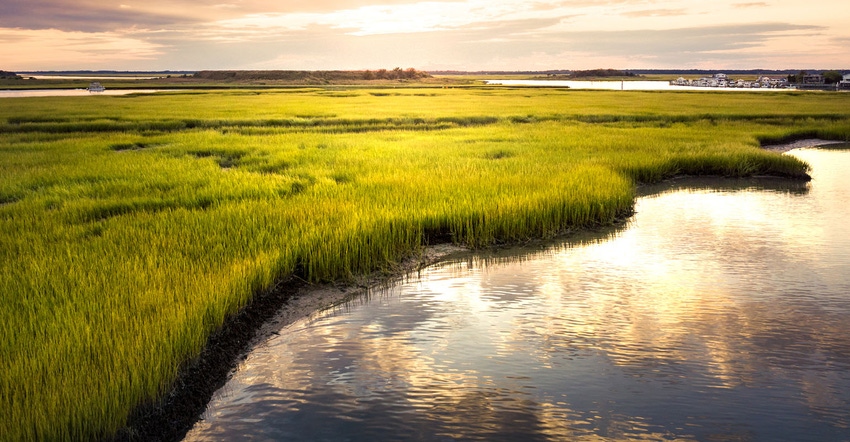
What is a “wetland” --at least, by the government’s definition - now?
That question has generated litigation and anger among farmers, property owners and ranchers.
EPA’s December 23, 2018 proposal should be published soon because the government shutdown has ended. EPA and the Corps of Engineers (Corps) declare certain waters of the United States are wetlands. These waters “…include all adjacent to: traditional navigable waters, including the territorial seas; tributaries to those waters; jurisdictional ditches; jurisdictional lakes and ponds; and impoundments of otherwise jurisdictional waters.”
The two agencies also define wetlands to be “those areas that are inundated or saturated by surface or ground water at a frequency and duration sufficient to support, and that under normal circumstances do support, a prevalence of vegetation typically adapted for life in saturated soil conditions.”
This definition does not tell you much.
To determine what is a wetland, one must examine the 1987 Corps of Engineers manual, a Corps of Engineers Regional Manual and an agency document such as the Food Security Act procedures for identifying a wetland at the USDA.
In addition, there is a list of over 4,000 wetland plants and a determination on plants requires the execution of the 50/20 rule. In addition to that manual, there is a hydric soils manual of approximately 100 pages.
Property owners beware
Most property owners accused of disturbing a wetland have no concept of the detailed manuals behind the longstanding regulatory definition of a wetland. Agency personnel will likely not tell you that to be inundated or saturated by surface or ground water requires standing water on your property for seven consecutive days or ground saturation for 14 consecutive days.
EPA and the Corps do some helpful work in defining “adjacent wetlands.” A wetland must abut or have a direct “hydrologic surface” connection to WOTUS in a typical year. A direct hydrologic surface connection occurs as a result of inundation from a jurisdictional water to a wetland, or via “perennial or intermittent” flow between a wetland and a jurisdictional water.
In plain English, please
That means wetlands must have a direct hydrologic surface connection to a WOTUS during a typical year.
The Trump administration’s proposal reviews major U.S. Supreme Court decisions which attempt to provide an understandable delineation between wetlands and non-wetlands. One piece of good news in the proposal is “…the agencies propose to eliminate the case-specific “significant nexus“ analysis through categorical treatment of all adjacent wetlands…”
The terms “adjacent” and “abutting” are also defined. More good news in the proposal.
“A mere hydrologic connection between non-navigable isolated intrastate wetland and a jurisdictional water… may be insufficient to establish adjacency” under the proposed rule. The agencies explain, “…the fact that a wetland may be connected to the navigable water by flooding, on average, once every 100 years does not satisfy the proposed adjacent wetlands definition.”
EPA and the Corps make it clear that a WOTUS would “…need to have a direct hydrologic surface connection to a jurisdictional water during a ‘typical year; ecological connections between physically separated wetlands and otherwise jurisdictional waters cannot be used to determine adjacency…”
This is a major change from the Obama agencies’ attempted property grab in 2015.
Farmers in the Midwest and upper Midwest farming prairie potholes will obtain a great deal of relief from this proposal if it is adopted.
The bottom line is for a “wetland” to be adjacent said wetland would have to abut or have a direct hydrologic surface connection to another WOTUS regardless of the size and extent of the wetland.
The Trump administration’s proposal also attempts to define upland vs. wetland. As explained earlier, upland would be any land that does not meet the wetland three-part test.
Remember: to have a wetland, there must be hydrology, hydrophytic vegetation, and hydric soils. Do not ever let a government official tell you that he or she can tell a wetland by merely making one visit. Property owners should review the Trump administration’s proposal and comment upon it. Environmental groups will most certainly attack it.
The opinions of the author are not necessarily those of Farm Futures or Farm Progress.
About the Author(s)
You May Also Like




